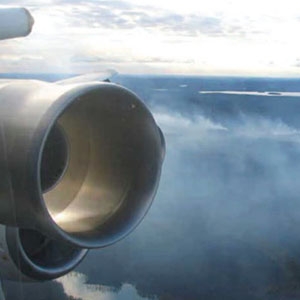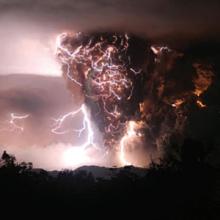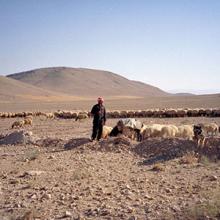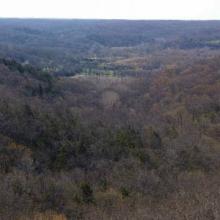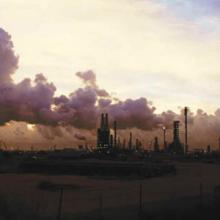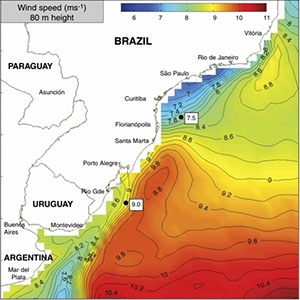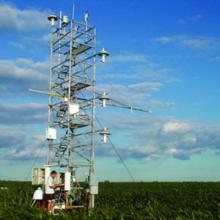Earth’s atmosphere is a thin veil of gas surrounding the planet. Although it only extends a few hundred kilometers above the surface, it contains a mixture of gases, such as oxygen and nitrogen, that are critical for life to exist. It distributes incoming solar radiation, protecting life from harmful ultraviolet radiation but also driving atmospheric circulation and weather. The atmosphere enables the greenhouse effect, which makes Earth more habitable. Human activity, however, is contributing more gases, many of which are negatively impacting the protective nature of this vital layer. NASA data provide measurements on weather phenomena as well as gases within the troposphere (the lowest layer of the atmosphere) and stratosphere (the layer above the troposphere) and their effect on air quality.
Data products include information about geophysical processes involving clouds, aerosols, precipitation, lightning, chemistry, temperature, radiation balance, and dynamics. Interactions of the atmosphere with land and ocean surfaces along with measurements of solar radiation also fall within this discipline.
Definition source: University Corporation for Atmospheric Research
